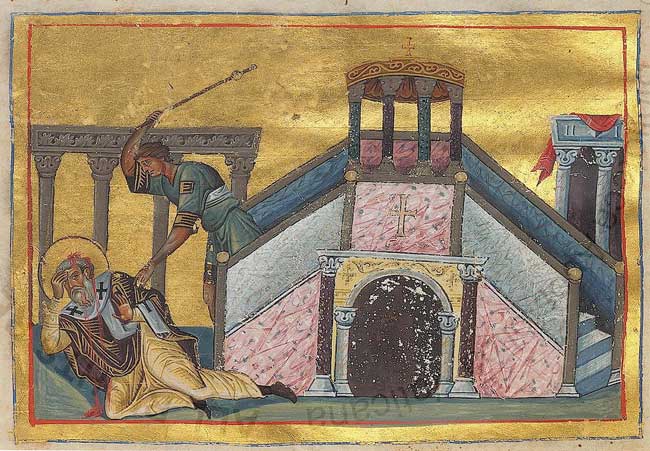Welcome to Lection and Liturgy
Welcome to Lection and Liturgy. I have backed up to this site a series of posts making a guide to the whole of the Christian Bible, aimed particularly at those who read it in public. My name's Doug Chaplin, I work as a priest and trainer in the Church of England. Everything here is written in a purely personal capacity. I hope the posts here will help people read Scripture in ways which help their listeners understand what is being read. You can read more about this site in this introductory post , and you can follow it in "book order" using this Reading Guide Index . So here it is: the Bible in 90 posts.





